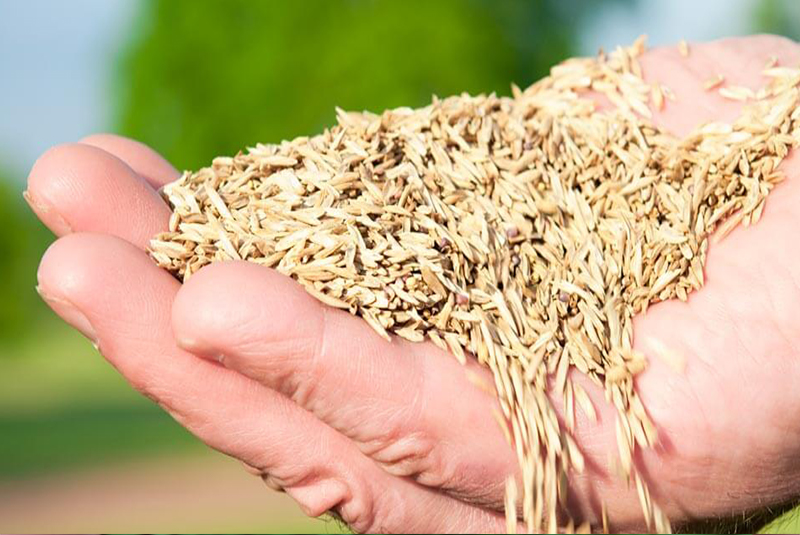From Bob Hartman
If you are reading this article, chances are you are already aware of some of the challenges in the seed category this year. There will likely not be enough seed to meet the demand this fall and going into spring. It’s also possible that some seed varieties may not be available all season.
Seed growers in the Pacific Northwest (PNW) have been dealing with a myriad of problems since the early spring. They have dealt with rodent infestation in the fields, wildfires, extreme heat and drought as well as new working condition requirements for the field workers. As a result, the yields on the seed are at historical lows and the pricing on the seed is at historical highs. Couple that with ever increasing freight rates and freight delays, and you have the perfect storm to make this one of the most challenging years for seed category.
What do we mean by seed insurance?
With limited supply and increased costs, a bag of seed is now so much more valuable. Because of this, it has never been more important to ensure you have done everything you can to optimize your germination rates on your seed. Follow these best practices as insurance to safeguard your germination rates:
- For starters [no pun intended], starter fertilizer increases your success of germination. Products like Hudson Valley Jackpot Starter 15-15-5 fertilizer have organic based phosphorus and nitrogen to get the seedlings popping quickly and at the higher rates than without starter fertilizer. The 12-week long feed ensures deep rooting success going into winter.
Additionally, there are a couple of other items that are critical to germination rates:
- Changing the run time on irrigation clocks. Keeping those seeds and seedlings moist throughout the growing process will also increase your likelihood for success.
- Slit seeding and preparing the soil prior to seed application. The seed coming into contact with the soil ensures higher germination and establishment rates.
- Know what’s in the bag. Please be sure to read your seed tags closely and know exactly what you are getting. Everything you need to know about what is in that bag, is on the tag. Choosing the right variety for the right application is critical with seed prices being where they are.
- Choose blends and mixtures: When you have a monoculture variety lawn, it’s one dimensional. Having multiple varieties in your bag, allows for the strengths of multiple varieties to offset the weaknesses of other varieties. Ask your Central Rep to explain the variety in detail to understand if that blend is for high traffic, shade, drought tolerance, heat tolerance, disease resistance and insect resistance.
Remember, genetics play an important role in how that turf will perform and look over time. Not all fescues are the same. Not all rye grasses are the same. Remember, your turf will never look as good as the seed you start with—but you can use these recommendations to get quality germination and establishment rates.
Finally, rely on Central to help, whether it’s questions about seed, the newest innovations in agronomics, organic & low-impact programs, or finding the right solutions for a problem area. We stay at the leading edge of the industry and we’re ready to help you grow!
About Bob Hartman
Bob Hartman is an industry veteran with more than 15 years of experience in the green industry; specifically, turf. Bob brings a solid background in both the organic and synthetic methods of feeding turf and plants. His diverse background and experience on the manufacturing makes him an excellent resource to help you grow your business.

